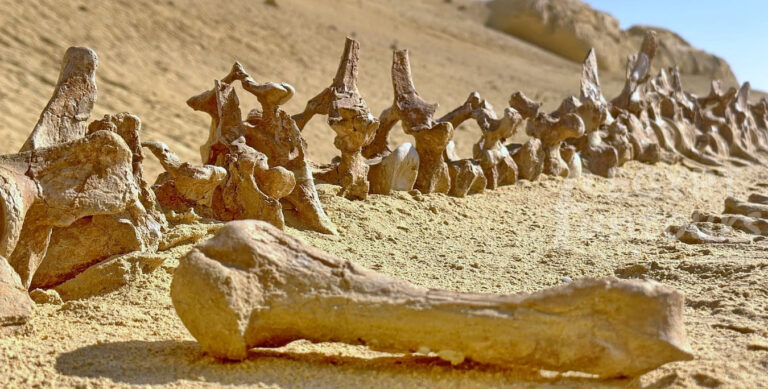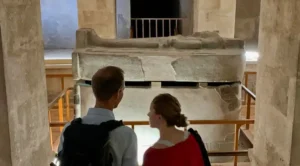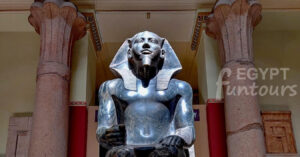God Aten: The Hidden Power Behind Sun Disk
God Aten, the hidden power behind the sun disk “Atenism”, holds a unique and controversial position in the ancient Egyptian pantheon. Unlike the many other gods who were human-animal hybrids or abstract forces, the Aten was the visible disk of the sun itself. Its worship became the central focus of a radical monotheistic religion during the reign of Pharaoh Akhenaten (originally Amenhotep IV). This “Amarna Period” marked a dramatic, but short-lived, break from traditional Egyptian polytheism.
Origins and Early Worship

Aten was not an entirely new god. Egyptians had revered the sun and its various forms for centuries. The god Ra, for example, was closely linked to the sun. However, before Akhenaten, the Aten was simply one aspect of the sun, a minor deity. Artists often depicted it in earlier periods as a secondary element of a larger scene. It rarely had its own cult. Its role was to serve other, more prominent sun gods.
The Rise of Atenism
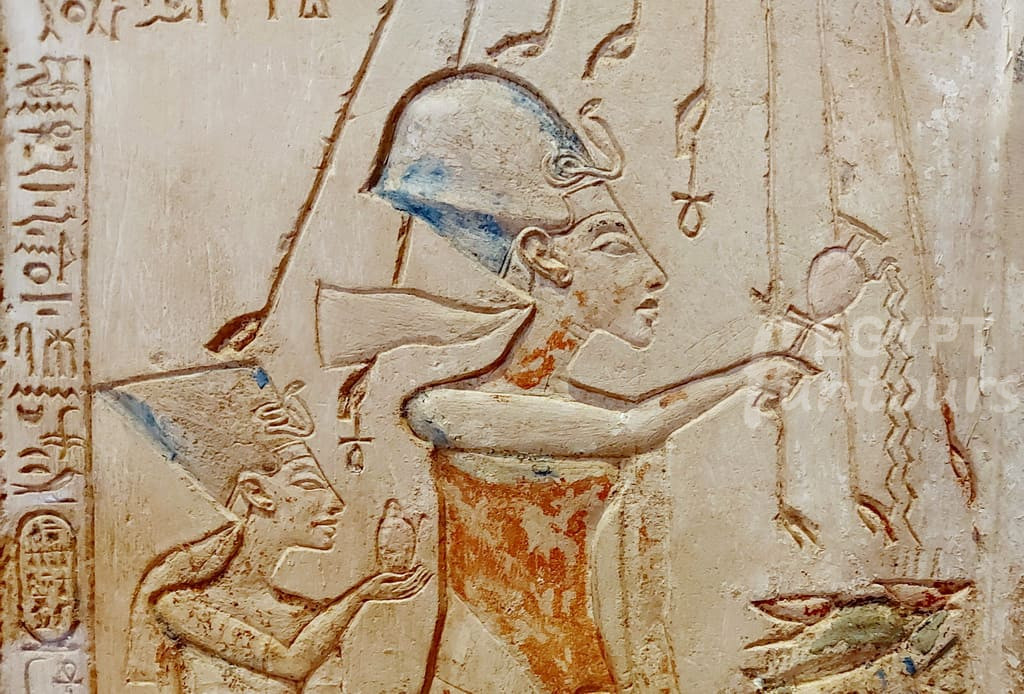
Akhenaten’s ascent to the throne completely changed the Aten’s status. Around the fifth year of his reign, he began a radical religious reform. King Akhenaten declared the Aten the only true god. He actively suppressed the worship of all other gods, especially Amun-Ra, the powerful king of the gods. He even changed his name from Amenhotep to Akhenaten (“Effective for the Aten”).
Akhenaten moved his capital from Thebes to a new city he built from scratch. He called the city Akhetaten (“Horizon of the Aten”). Today, we know it as Amarna. This new capital was a physical embodiment of his religious revolution. The city was dedicated entirely to the Aten’s worship. The temples were open to the sky, allowing direct sunlight to enter. This was a stark contrast to the dark, enclosed temples of other gods.
Iconography and Philosophy of God Aten

Artists depicted the Aten in distinct and symbolic ways. It was a sun disk with rays extending downwards. These rays often ended in little hands holding the ankh, the symbol of life. This showed that the Aten not only provided light and warmth but also gave life and sustenance to all living things.
The theology of Atenism was revolutionary. It was a form of monotheism, a belief in one single god. This was a radical departure from the traditional polytheism of ancient Egypt. The faith focused on the Aten as a universal god. It was not a local or national deity. Akhenaten promoted a direct and personal relationship with the Aten. This eliminated the need for a complex pantheon of intermediary gods.
The Decline and Legacy of Atenism
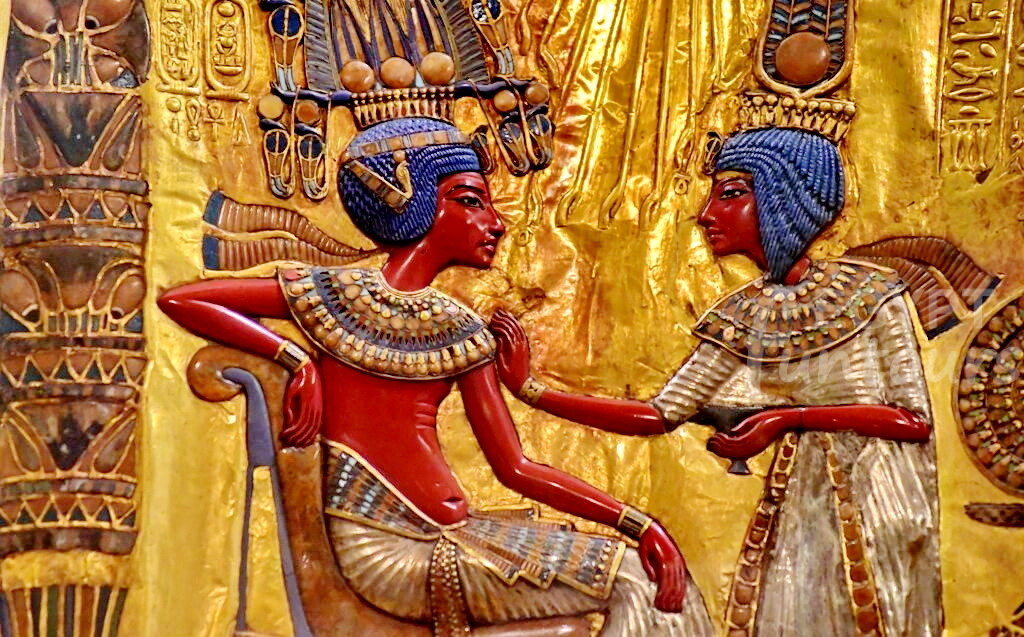
Akhenaten’s religious revolution did not outlast his reign. After his death, his son, Tutankhaten (“Living Image of the God Aten”), quickly reversed the reforms. He changed his name to Tutankhamun (“Living Image of Amun”). The old priests reclaimed their power. They restored the old gods, especially Amun-Ra. Akhenaten’s name was removed from monuments. His temples were dismantled. His new capital was abandoned. The Egyptians sought to erase the memory of Atenism and its founder. They considered it a heresy.
Despite its failure, Atenism had a lasting impact. It introduced the world to one of its earliest known attempts at monotheism. The art from the Amarna Period, with its unique naturalism and realism, also left a significant legacy. Atenism remains a fascinating chapter in the history of religion. It demonstrates the power of a single individual to challenge a civilization’s most fundamental beliefs.


